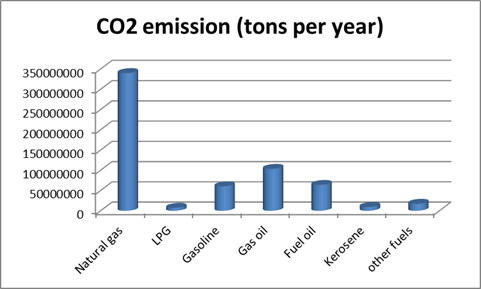Baku, Azerbaijan, Jan.30
By Dalga Khatinoglu – Trend:
Iran signed an agreement on replacing its old taxis with new 10,000 gas-fired hybrid taxis. The agreement was signed between Iran’s Taxi Company and Iran Fuel Conservation Company.
According to Iran’s 5-year development Iran, it should import 17,000 buses and 140,000 taxis that use gas (CNG) as fuel. Iran also plans to improve its rail transport system to save some 13 billion liters of gas oil demand per year.
Iran’s transport sector consumes about 74.9 million liters per day of gasoline as well as about 60 million liters per day of gas oil, which shares 25 percent of the country’s total CO2 emissions.

During the signing agreement ceremony, the CEO of Fuel Conservation Company said that the government has already issued the licence for renewing 65,000 trucks worth $2.7 billion, the project of enhancing the railroad fuel consumption efficiency worth $7 billion, as well as enhancing the efficiency of 600,000 engine rooms (boilers) worth $2 billion as well.

According to an official document from Iran’s Fuel Conservation Company, seen by Trend, Iran needs to spend $52.5 billion to decrease CO2 emissions by 12% by 2030, of which just a third – $17.5 billion – is expected to come from domestic reserves and to achieve a third of the targeted cut. The rest would depend on foreign investments.
According to the business‐as‐usual scenario of COP21, Iran’s emissions would rise to 1.92 billion metric tons /year in 2030, comparing to the current 602 million metric tons /yr in 2016.
If Iran spent the total $52.5 billion, Iran’s emissions would fall by 230.4 million metric tons cumulatively (or 15.36 million metric tons /year) and with a realization of only $17.5 billion worth of domestic investment, the figure would stand at 76.8 million metric tons (or 5.12 million metric tons /year) by 2030.
According to the International Energy Agency, Iran’s energy intensity index is one of the highest in the world (double of the world average), and has been rising on average by about 3.4 percent a year over the past 40 years.

* Energy intensity (Barrel per 1 million rials)
Energy intensity measures the amount of primary energy supply a country needs to generate a unit of gross domestic product (GDP).
The figure for Iran is 0.9 million metric tons of oil equivalent to create $1000-worth of GDP, which is nine times more than that of Japan and Germany.
---
Dalga Khatinoglu is the head of Trend Agency's Iran news service, follow him on Twitter: @dalgakhatinoglu






